While growing up in Maryland, the C & O Canal was a significant part of my life. Whenever I visited Great Grandaddy’s house in Williamsport, MD, I saw it. Looking out his front window, I observed the manmade waterway across the street. Just beyond it lay a wide gravel trail—the towpath. Our family took walks along that level path, and school field trips helped me understand how a lock works. During our most recent trip to Maryland, I shared this piece of my childhood with my own kids.
Lock 44 in Williamsport, MD, is a piece of our family history, after all. Before he moved across the street from the canal, my great-grandfather, Harvey Brant, lived in the lockhouse. He tended the lock in the early 1900s. At all hours, rain or shine, he went out to let the boats through the lock.
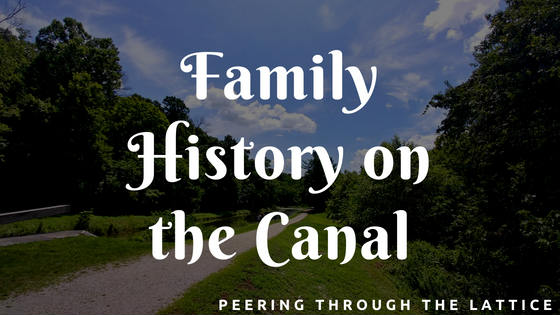
The Exhibit at Cushwa Basin
We started our day at the visitor’s center exhibit in Williamsport. Even though it is not a large museum, there is plenty to see. Families with young kids may explore for fifteen minutes or less. We spent about an hour interacting with the displays, talking with the park volunteer, and listening to my dad reminisce.
As we entered the building, signs introduced us to life on the canal. For nearly 100 years, boats traveled to and from Cumberland, MD, to Washington, DC. They carried coal, lumber, and other supplies from the mountainous areas to the coast.
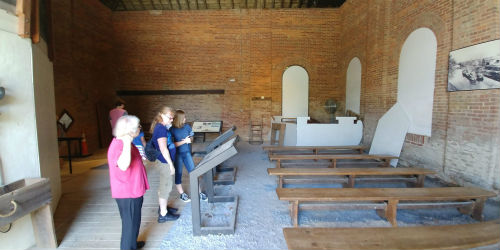
A replica of a lock gave me the opportunity to explain to my kids how it worked. Locks allowed boats to travel either upstream or downstream. At each lock, the water level changed. The lock acted as an elevator to raise or lower the boat. Great Granddad liked to keep the lock full of water, especially at night. Filling the lock was more time-consuming than emptying it.
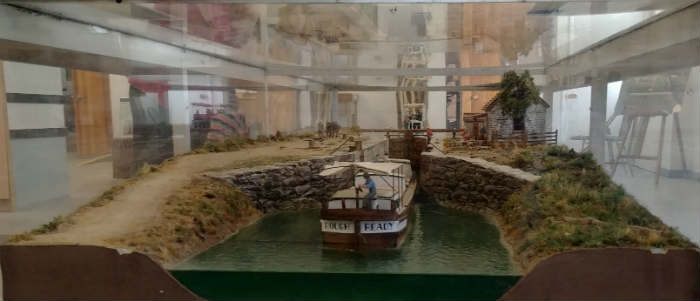
When a boat was ready to enter from upstream, he opened the gates on that side. The boat entered the lock, and he closed the gates behind it. Then he drained the water from the lock until it was the level of the water downstream. Finally, he would open the lower gate so the boat could continue on.
The kids enjoyed playing with a small model of a lock. They were able to open and close the doors and raise and lower the water level just like on a real one.
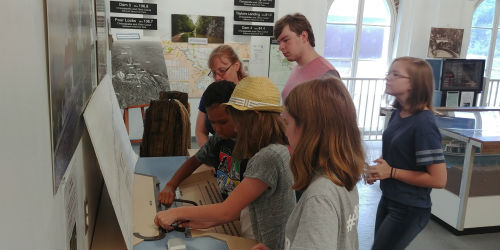
Families lived on the boats that passed through the canal. One end of each boat had an apartment for the family. A cargo hold in the middle was often full of coal. The other end held a stable for the mules. After all, canal boats were not powered by engines—they were pulled by mules!

After learning that Great Grandad’s lockhouse would be open to the public for a few hours that afternoon, we ate a quick lunch and headed there.
Lockhouse 44

We parked across the street from the house I remembered visiting. Leaving the gravel parking lot, we crossed the bridge over the lock. The water was green with algae.
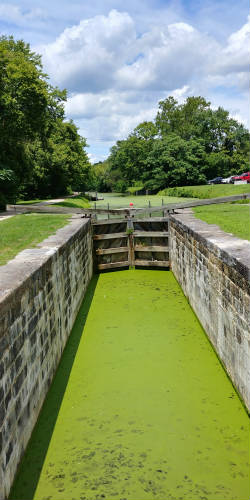
As we approached the house, we paused to read the sign next to it. Great Grandad’s words called out to me from the past.
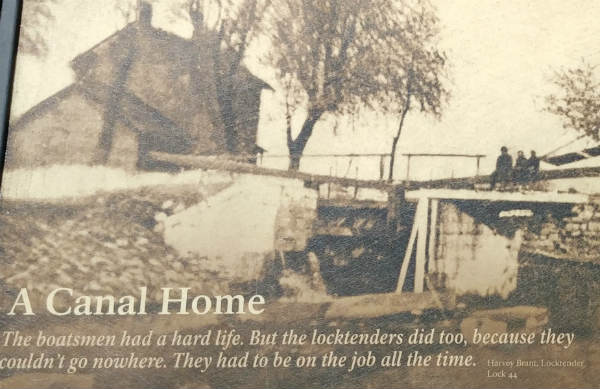
The ranger arrived a few minutes later and invited us inside. The downstairs was accessible, though the upstairs was roped off. The Park Service has furnished the house in the style of the early 1900s, when the canal was still operating.

The ranger showed us around the house.

Then she walked the kids over to the lock. She and the kids worked together to open and close the gates as their great-great-grandfather would have done so many years ago.
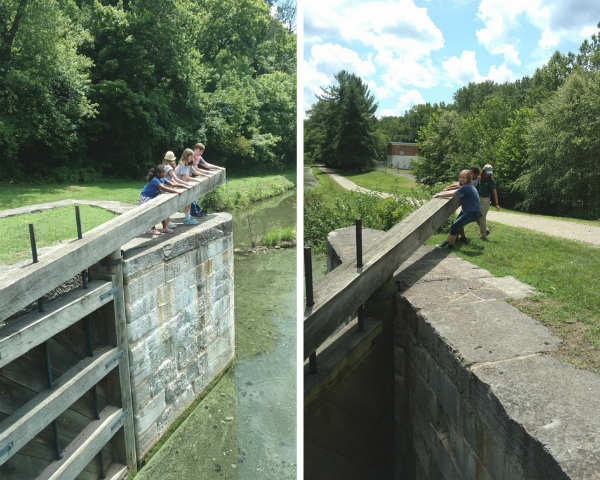
Back inside the house, my dad shared memories of his childhood visits to the house. The kids listened, explored, and checked out an old map of the town. Dad could have kept on talking for hours.

We made our way back across the bridge to return to our minivan. One final stop would bring this expedition to a close. Up the hill from Lock 44 is the River View Cemetery, where Great Grandad is buried. We made a brief visit to his grave.

I will treasure this trip to the C & O Canal. I enjoyed watching my twins’ eyes light up when they realized that their great-great-grandfather played a role in history. We all enjoyed imagining what life must have been like for him, his wife, and his two daughters who lived in that lockhouse a century ago.
Did your ancestors play a significant role in the history of your region? Please share in the comments below.